There’s a time of year when Brixen is taken over by light. The historic center—with its alleys, fountains, bridges, and the Isarco River weaving through it—fills with installations, reflections, and intangible presences. This is the Water Light Festival, the international light art event launched in 2017 as an offshoot of the famous Hofburg winter show, and now one of the most anticipated and meaningful festivals of its kind in the Alpine region.
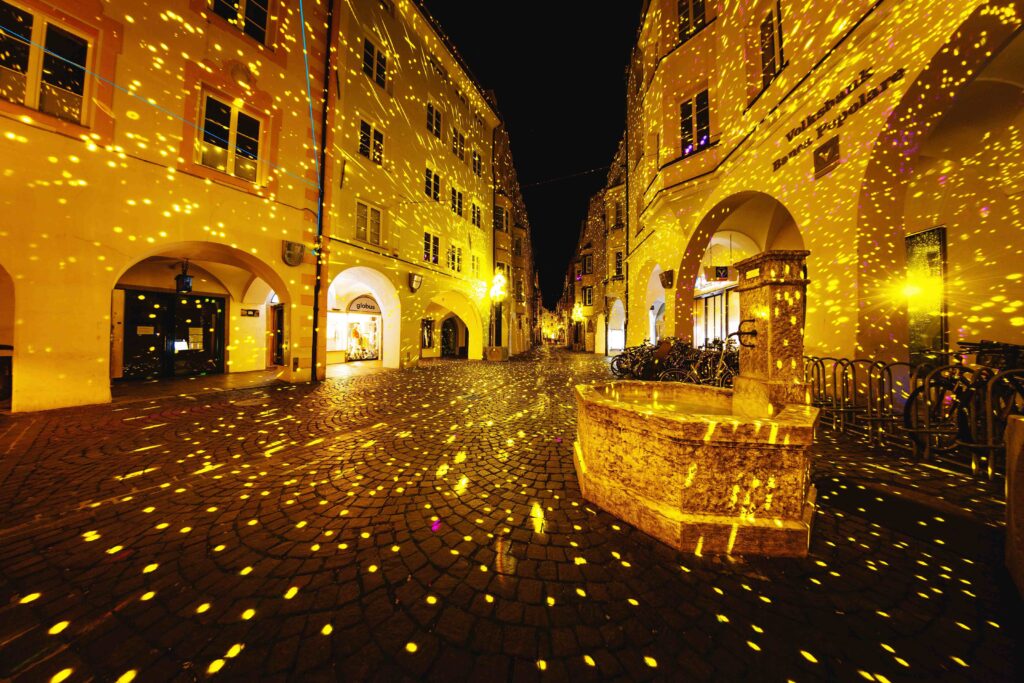
The concept is simple but powerful: telling the story of water through light. Because in Brixen, water is more than a natural resource—it’s part of local identity and collective memory. Since 2024, the festival has become a biennial event—a decision driven not by entertainment trends but by a clear curatorial vision. «We want to maintain high standards, especially now that the event world is becoming oversaturated,» said director Werner Zanotti. This shift has allowed the festival to strengthen international collaborations and join Imagine Peace, a European initiative supported by the Creative Europe program, alongside festivals in Oslo, Copenhagen, Essen, and Pula.
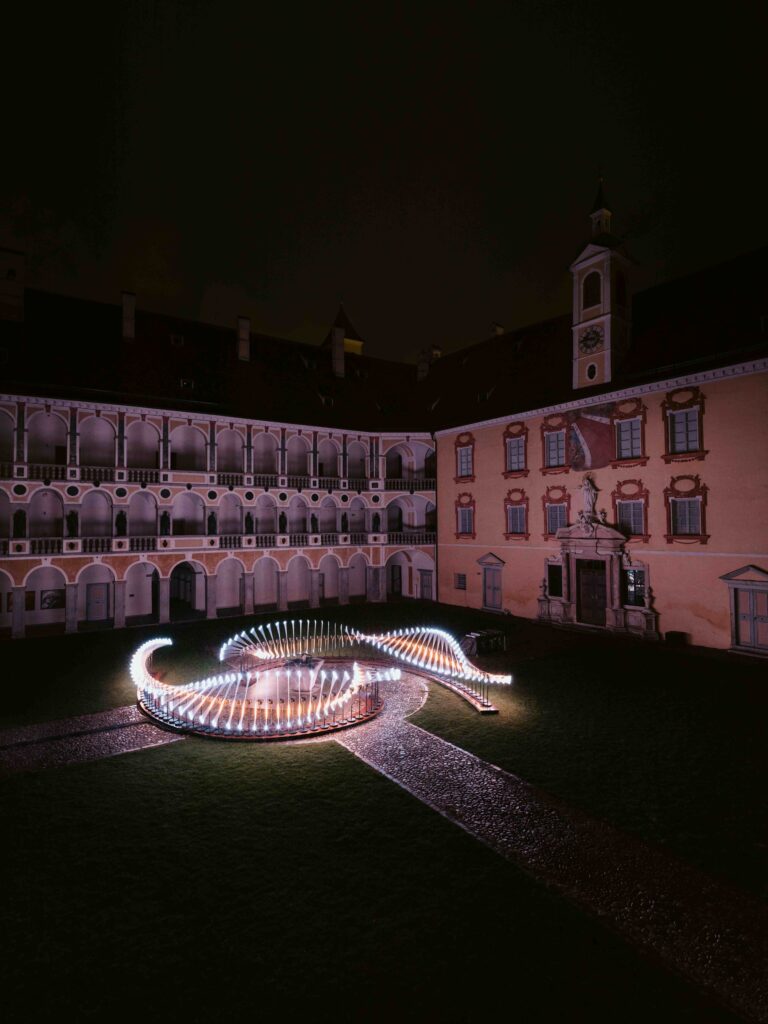
The next edition will take place from April 29 to May 16, 2026, with new artworks and locations spread throughout the city. But that’s just the beginning.
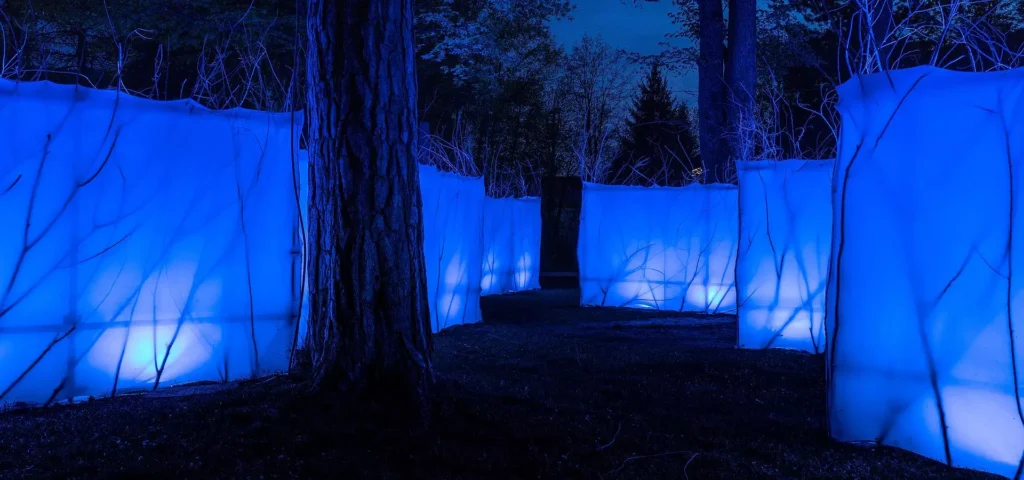
Giorgio Moroder signs the Water Light Festival’s Light & Music Show.
From November 21, 2025, to January 6, 2026, the courtyard of the Hofburg in Brixen will once again welcome families, children, and enchanted gazes. It’s the tenth anniversary of one of South Tyrol’s most beloved winter traditions: the Light & Music Show, which transforms the palace façade into a luminous story each night.
For this special anniversary, a legendary name takes the stage: Giorgio Moroder.
Pioneer of electronic music, three-time Academy Award winner, four Golden Globes, and four Grammys, Moroder symbolically returns to his Ladin roots to compose an original score created especially for Brixen.
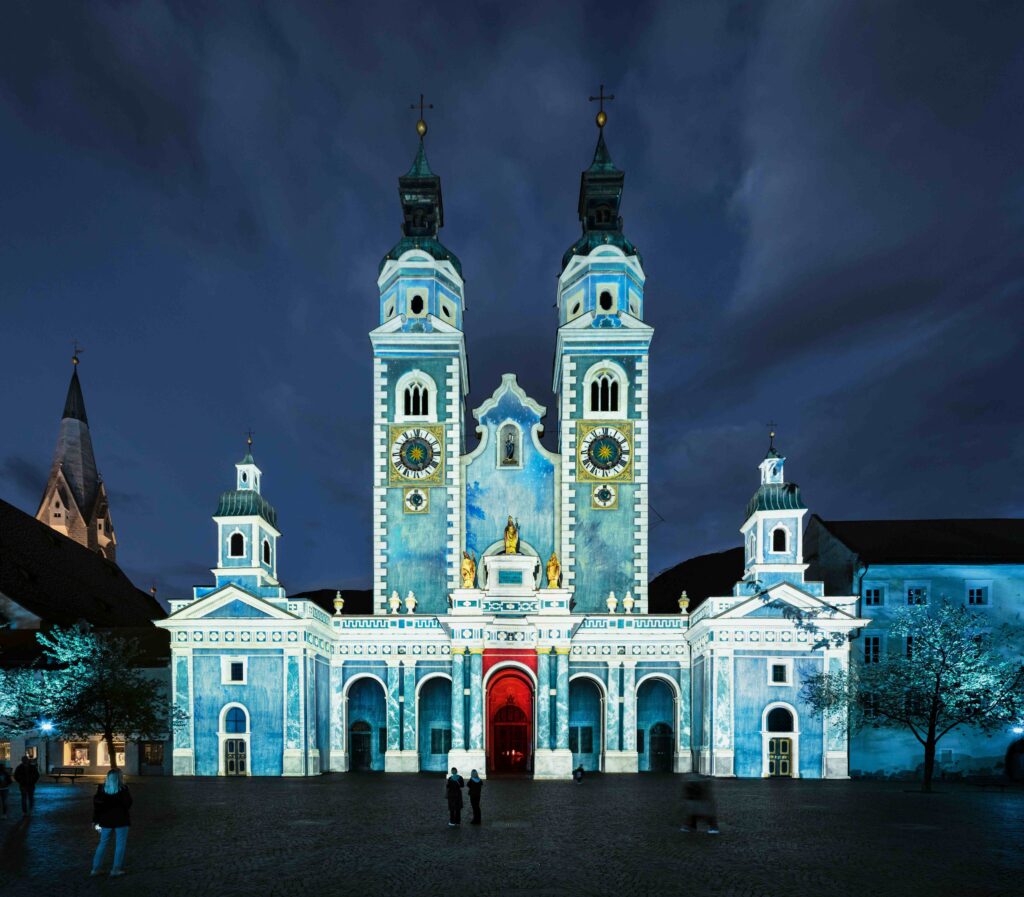
His immersive, cinematic sound accompanies the journey of Oops, a small animated character created by the French collective Spectaculaires, which has directed the show’s visuals for years. On the baroque façade of the Hofburg, ten high-definition projectors bring to life a 20-minute synchronized narrative designed for all ages. A symphony of light and architecture where every detail—from the musical rhythm to the geometry of the visuals—is calibrated down to the millimeter.
Last but not least: for every ticket sold, one euro will be donated to UNICEF. A simple but tangible gesture. Because in Brixen, even wonder dares to be concrete.
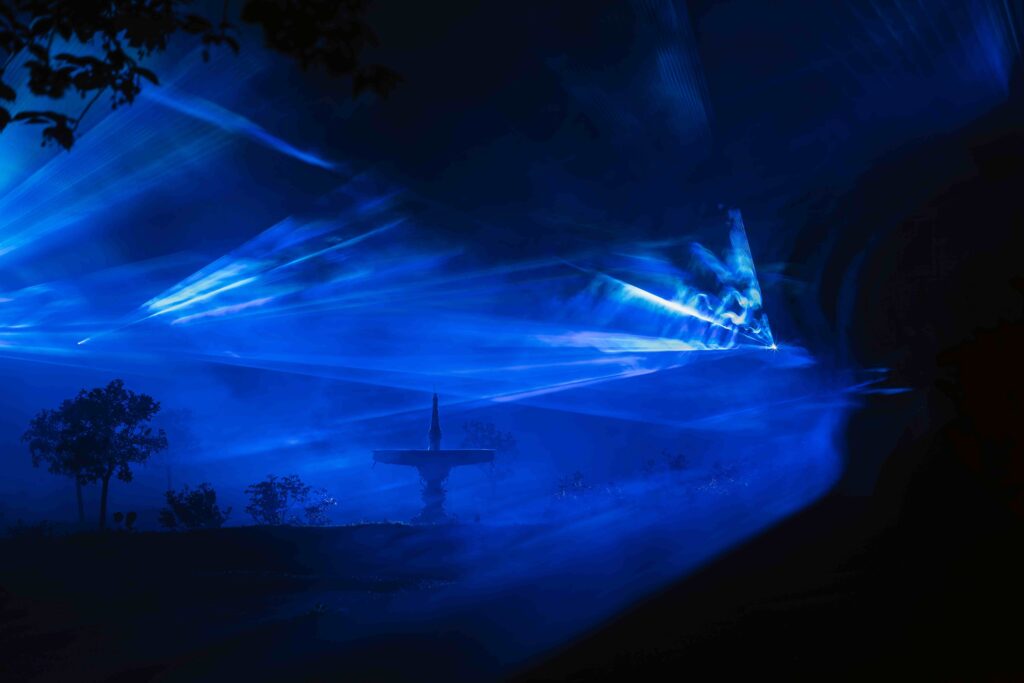
The ‘Imagine Peace’ project and the artists involved
The Water Light Festival 2026 is shaping up to be one of the most ambitious editions yet.
The festival’s inclusion in the Imagine Peace initiative shifts part of its programming toward a clear thematic focus: peace not as an abstract idea, but as a visual, architectural, and spatial experience. Light becomes a language, a reflection, a collective gesture. Among the artists participating is Julia Shamsheieva, the Ukrainian artist known for work exploring trauma and memory.
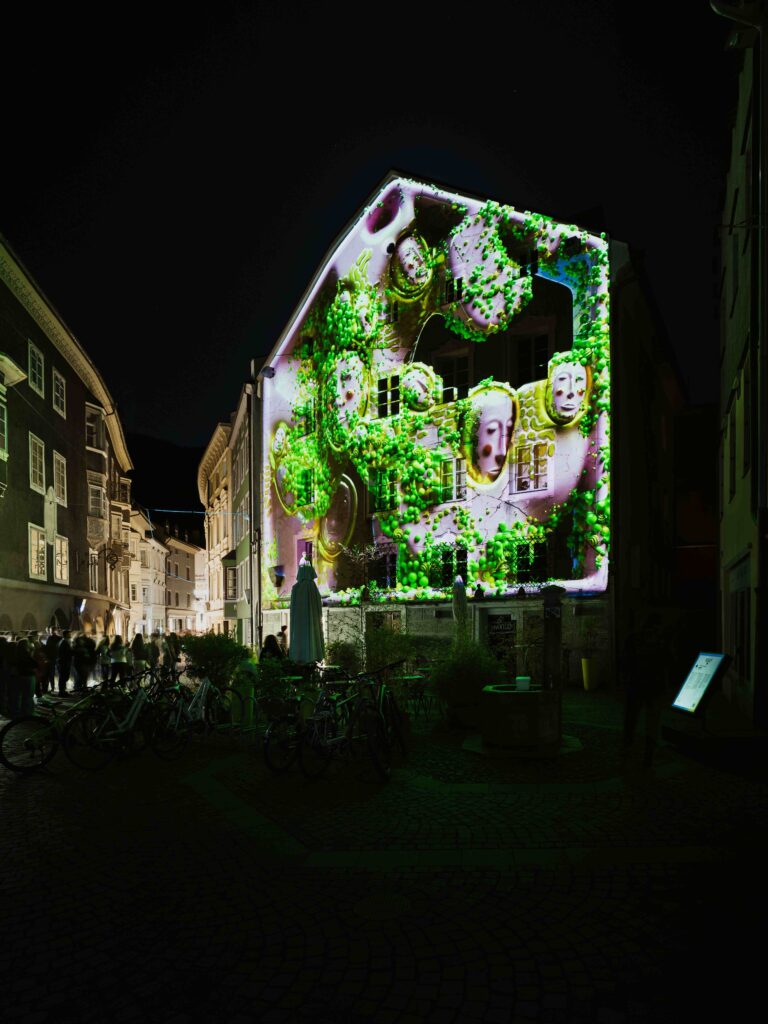
She is joined by the German collective Xenorama—renowned for immersive and interactive installations—as well as major figures in the history of light art such as Anish Kapoor, Siegrun Appelt, Aleksandra Stratimirovic, François Morellet, and Piero Gilardi.
Different voices are united by a shared ability to transform light into political, symbolic, and poetic space. But the festival is also a laboratory. In collaboration with EURAC Research and the University of Innsbruck, the 2026 edition will test a new environmental self-assessment tool, designed to measure both the energy and design impact of each installation.
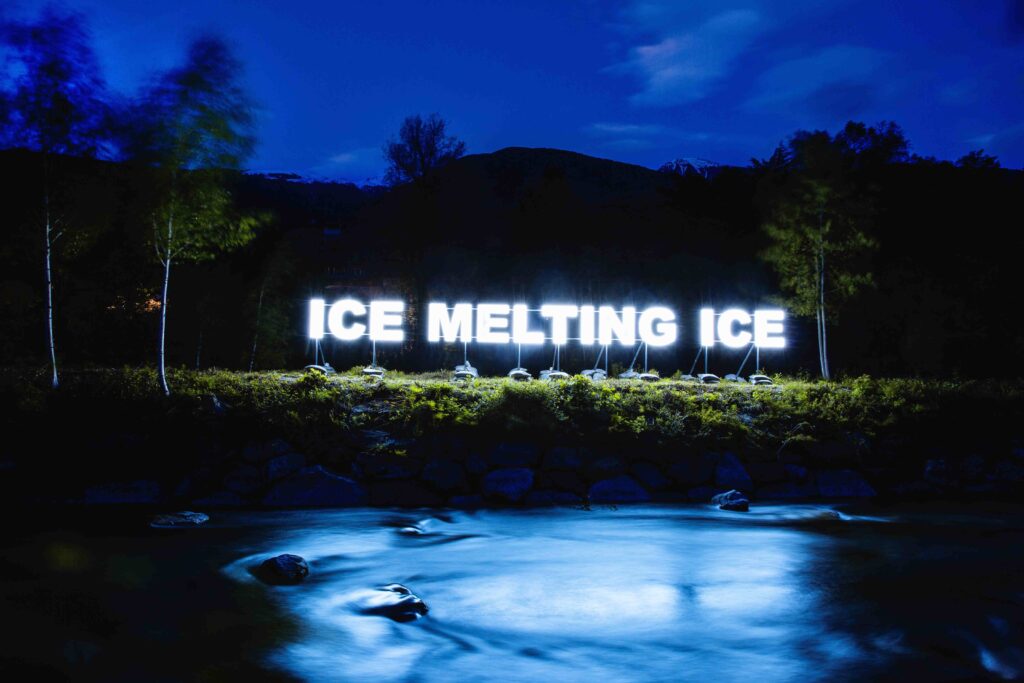
The goal is to develop a scalable approach that other cultural events can adopt. In Brixen, sustainability is not just a press release buzzword—it’s central to the festival’s narrative.
